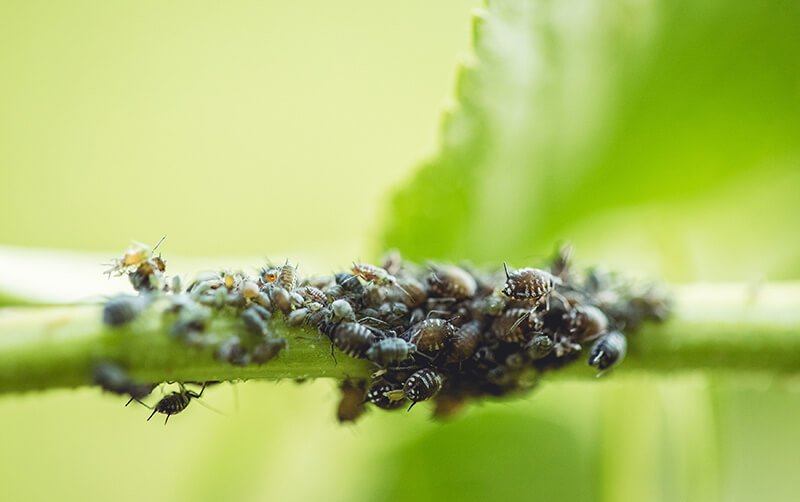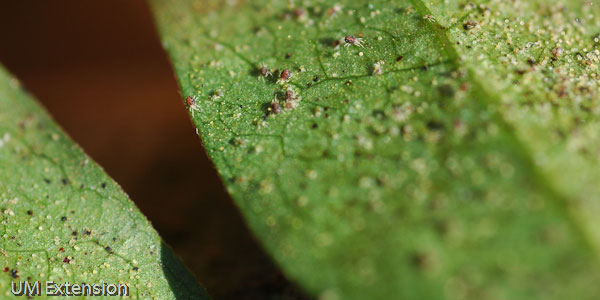Bitter Gourd
GENERAL INFORMATION
Another name of Bitter gourd is “bitter melon” and is also known as “Karela” in Hindi. The botanical name of bitter gourd is Memordica charantia and it belongs to the family of “Cucurbitaceae”. It is popularly known for its medicinal, nutritional and other excellent health benefits. Because of its high demand in the market, bitter gourd farming is done very successful. Bitter gourd is mainly used for making juice and for culinary purpose. It is a rich source of Vitamin B1, B2 and B3, C, beta-carotene, zinc, iron, phosphorus, potassium, manganese, folate and calcium. It has health benefits such as it helps in preventing blood disorders, detoxifies blood and liver, boosts immune system and helps in weight control.
SOIL
Sandy loam soil which is rich in organic content and has good drainage system is ideal for the bitter gourd cultivation. The pH of the soil ranging from 6.5-7.5 isbest for bitter gourd farming.POPULAR VARIETIES WITH THEIR YIELD
CO 1: The variety has medium sized fruit which are long and dark green in color. The fruits have an average weight of 100-120 gm. It gives an average yield of 5.8 t/acre and the variety matures in 115 days. COBgoH 1: The variety matures in 115-120 days and gives an average yield of 20-21 t/acre. MDU 1: The fruit are 30-40 cm in length and matures in 120-130 days. It gives an average yield of 13-14 t/acre. Arka Harit, Preethi and Priya are the varieties that are mainly grown.LAND PREPARATION
For bitter gourd farming, well prepared land is required. To bring the soil to fine tilth, 2-3 ploughings should be done followed by weeding.SOWING
Time of sowing:February to March or June to July is an optimum time for seed sowing.
Spacing:
Sow seeds on both side of 1.5 m wide beds and use plant to plant spacing of 45 cm.
Sow seeds on both side of 1.5 m wide beds and use plant to plant spacing of 45 cm.
Sowing depth:
2.5-3 cm deep seeds are sown in the pit.
Method of sowing:
FERTILIZER
Application of FYM@10-15tonnes is done before 10-15 days of sowing. Along with FYM, application of fertilizer dose of nitrogen@13kg/acre in the form of urea@30kg/acre, phosphorus@20kg/acre in the form of SSP@125kg/acre and Potassium@20kg/acre in the form of MOP@35kg/acre is done. Full dose of phosphorus and potassium and one third dose of nitrogen are applied before seed sowing. The remaining dose of nitrogen is added after one month of sowing.IRRIGATION
After sowing, first irrigation should be given. In summer season, irrigation is given after every 6-7 days and in rainy season, irrigation is given only when needed. In total, 8-9 irrigations are required.WEED CONTROL
Intercultural operations are carried out for weed control. To control the weeds, 2-3 hoeing should be done in initial stage of plant growth. Weeding operations should be carried out in the soil at the time of fertilizer application and mainly earthing up is done during rainy seasonPLANT PROTECTION
Disease and their control:
Powdery mildew:The symptoms are appearance of white powdery spots on upper surface of leaves which causes leaf withering. Spraying of Carbendazim@3gm /ltr is done to control the powdery mildew.

If infestation is observed spraying of Mancozeb or Chlorothalonil@2gm/ltr is done twice at the interval of 10-12 days.

Pest and their control:
Aphids:
They suck the sap from the leaves resulting in yellowing and drooping of leaves. Spraying of imidachloprid@0.5ml/ltr is done to control the aphids.

Mites:
Thrips results in curling of leaves, leaves become cup shaped or curved upward. Spraying of Dicofol 18.5% SC@2.5ml/ltr water is done to control mites

Beetles:
The symptoms are damage to flowers, leaves and stems. Spraying of Malathion 50EC@1ml/ltr is done to control beetles.
